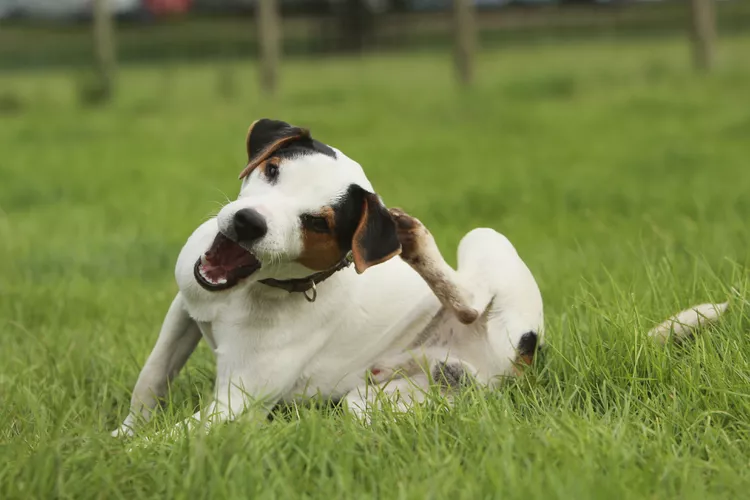
Lice are dreaded by parents of both dogs and kids because these parasites cause severe itching and can be tough to eradicate. Untreated lice infestations in dogs can lead to skin infections and bald patches caused by excessive scratching. Lice are relatively rare among dogs in the United States, but infestations do happen.
Lice (singular louse) are wingless, flat, six-legged insects that attach to a host's hair shafts and feed on skin and blood. Lice are host-specific, meaning that each genus of animal is only infected by certain species of lice.
Dogs can be infested with three species of lice: Linognathus setosus, Trichodectes canis, and Heterodoxus spiniger . All species cause the same irritating symptoms in dogs.
The most common symptom of a lice infestation is extreme itchiness. Most dogs infected with lice suffer sudden fits of scratching, sometimes to the point of breaking the skin and causing bleeding. Untreated, lice can cause fur loss, trauma to the skin, and infection.
Upon close inspection, it is possible to see lice among the dog's hairs. Lice are light-colored and slow-moving. Fleas, by contrast, are dark and fast-moving, while ticks are dark and generally immobile. Because lice lay their eggs on the shafts of pet hairs, it's also possible to see their empty eggshells which look very much like dandruff. Any white flakes that are sticky and hard to remove from the hair are almost certainly unhatched lice eggs.
Lice are transmitted when a dog comes into contact with another dog that carries lice. If the dogs spend time together, then some of the lice will migrate from one to the other. Shared grooming tools can also transfer life. Transmission is most likely to occur in places where unfamiliar dogs congregate, such as:
While poor sanitary conditions and crowding lend themselves to lice infestations, lice will take advantage of any social setting for dogs, such as agility events or even group walks.
If you notice your dog scratching and suspect lice, visit your veterinarian to verify the source of itching. Lice are sometimes confused with fleas, mites, or even mange—all of which may require different treatment.
Your vet will examine your dog, carefully combing through the coat to look for signs of a specific parasite. If adult lice, eggs, or eggshells are obvious, then the diagnosis of lice is straightforward. Only if no apparent cause is found will your vet perform a skin scraping to rule out other itchy skin parasites.
Many chemical products kill and/or repel lice including fipronil and selamectin. While pharmaceuticals are very effective, a less toxic option is a lime-sulfur dip. While it may have a few side effects (such as the smell of sulfur and a short-term yellow tinge to your pet's fur), it works quite well. Discuss the frequency of the dips for lice with your veterinarian.
It can also be helpful to use a gentle shampoo and fine-toothed lice comb or flea comb to remove dead lice and sticky nits from your dog's fur. Sanitize combs after each use. Dispose of any bedding, brushes, or cloth toys that might be contaminated, and if possible, have furniture and rugs steam cleaned.
If you have more than one dog, and one of your dogs contracts lice, it would be ideal to keep the infected animal away from the others during the course of treatment because the infestation is likely to spread. But, treatment can take weeks to achieve full eradication, so isolating dogs can be nearly impossible for this length of time. Ultimately, it may be best to treat all dogs because of how contagious lice are. Lice-infested dogs usually recover well if treatment is aggressive and persistent.
Year-round flea and tick prevention as recommended by your vet may be helpful in preventing lice infection. Discuss this with your veterinarian.
If you take your dog to shows, competition events, daycare, or obedience school, check the location ahead of time to be sure it's clean and well managed. If you take your dog to a groomer, inquire about how the grooming equipment is cleaned and sanitized in between clients. This will help avoid multiple parasitic bugs, including lice.
You cannot get lice from your family dog. Head lice that we see in school-aged children are a different species of lice. People do not get lice from dogs; nor do dogs get lice from people.
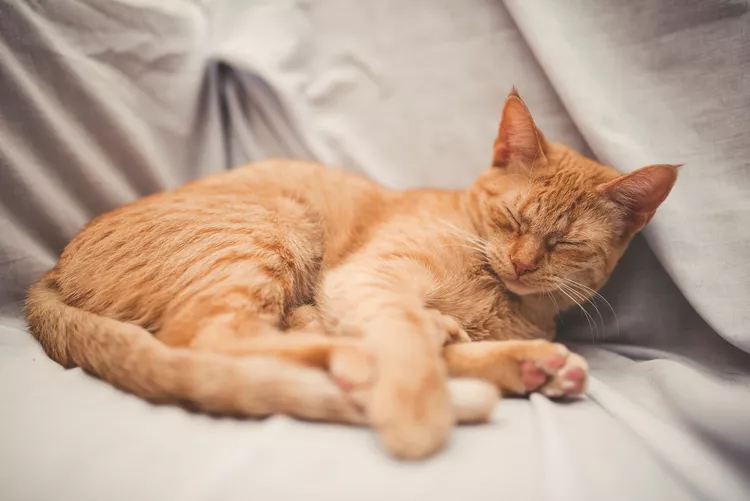
What to Do if Your Cat Is Snoring
Cat snoring can happen for several reasons. Find out if your cat's snoring is normal or caused by a medical issue. Know when to call the vet about your cat snoring.
Turkish Angora: Cat Breed Profile, Characteristics & Care
The elegant and silky Turkish Angora cat is a playful, affectionate, and sometimes mischievous pet. Learn about the Turkish Angora breed.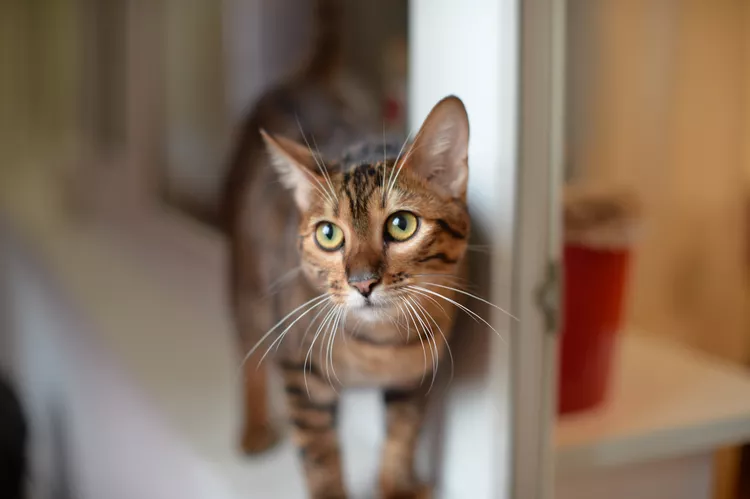
Toyger: Cat Breed Profile, Characteristics & Care
The toyger (toy tiger) cat is a beautiful, rare breed with an easygoing demeanor. These cats are hard to come by but make excellent pets.
Donskoy: Cat Breed Profile, Characteristics & Care
Donsky cat, or Don Sphynx, is a hairless cat that's known for being affectionate, social, and remarkably intelligent. Learn more about the Donsky cat breed.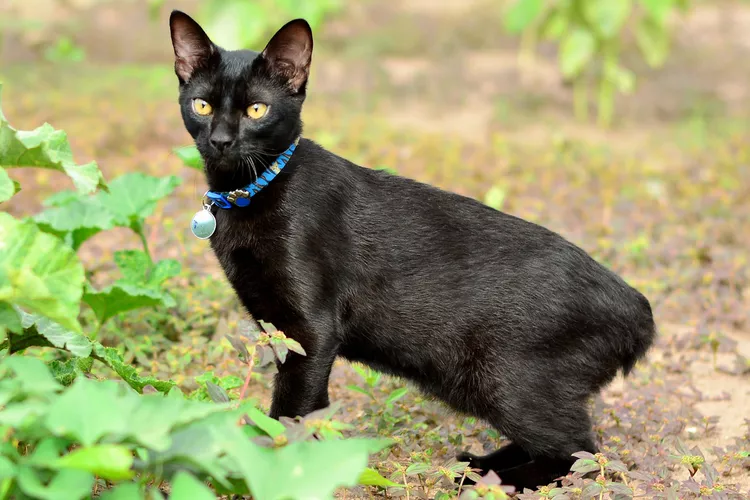
Japanese Bobtail: Cat Breed Profile, Characteristics & Care
The Japanese bobtail is recognized for its bunny-like tail and is loved for its friendly, playful personality. Learn about the Japanese bobtail breed.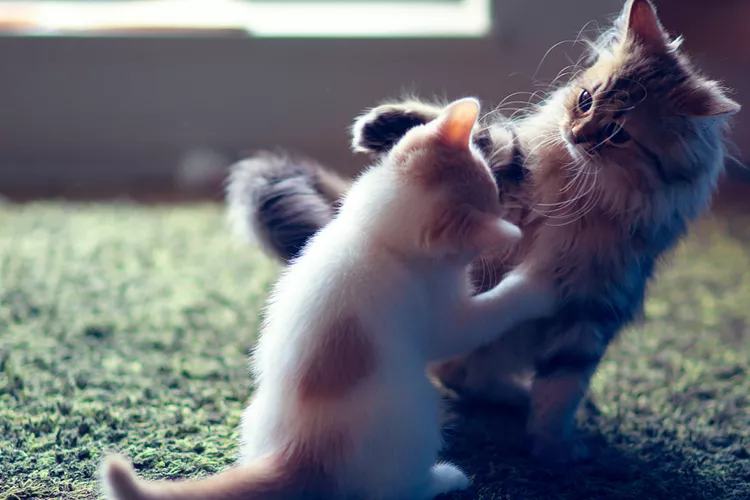
How to Stop Cat Aggression After a Vet Visit
Cats are usually out of sorts and ornery after a trip to the veterinarian. Learn how to stop cat aggression by planning ahead with these tips.
Why Do Cats Like High Places?
Does your cat like to hang out on top of tall furniture? Here's why cats like high places.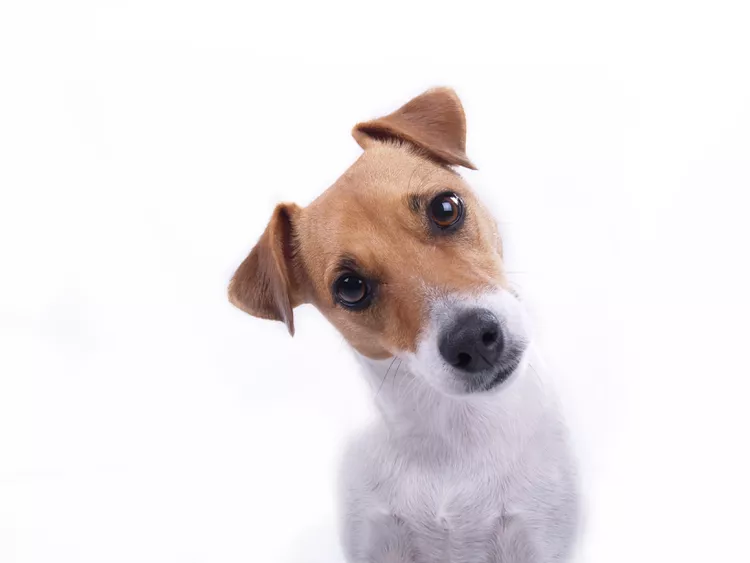
Rectal Prolapse in Dogs
Rectal prolapse in a dog can be an alarming thing to see. Find out why this happens, how to prevent it, and how to heal dog prolapse at home.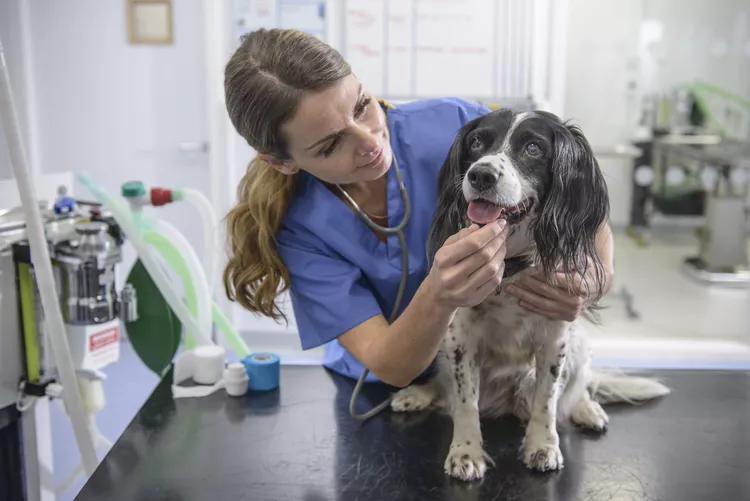
Is Acetaminophen Safe for Dogs?
Acetaminophen is used by humans for pain and fever relief, but is it safe for dogs? Here's what you need to know before giving your dog acetaminophen.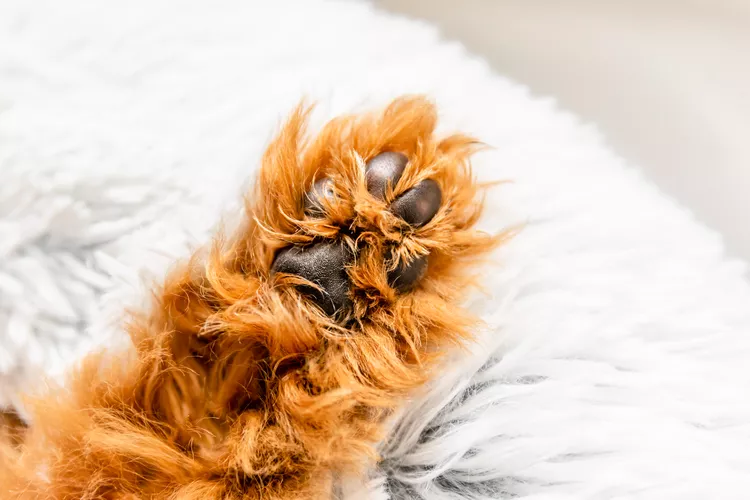
Dog Broken Toe: Signs and Treatment
Dogs can break their toes for several reasons. Find out how to tell if your dog has a broken toe. Learn what you need to do and what restrictions your dog may have to let a broken toe heal.
Tetanus in Dogs
Tetanus is an infection caused by bacteria found in soil. It can cause severe symptoms in dogs and even lead to death if not treated promptly.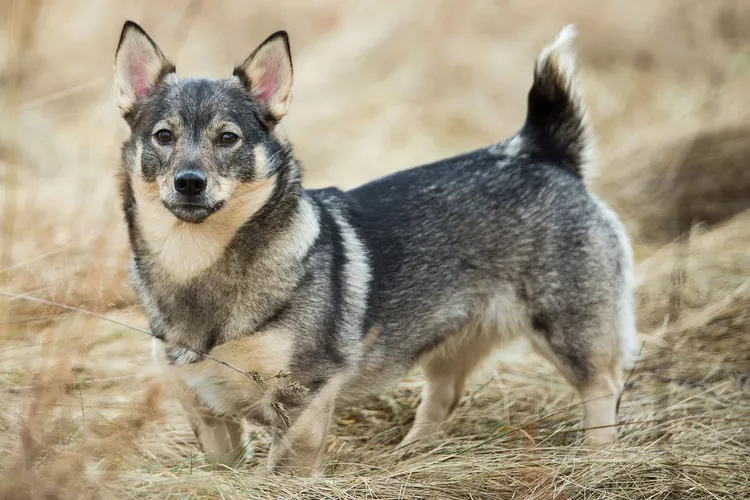
Swedish Vallhund: Dog Breed Characteristics & Care
The Swedish vallhund makes for a high-energy and affectionate companion. Learn about the breed's history, health, exercise needs, and more.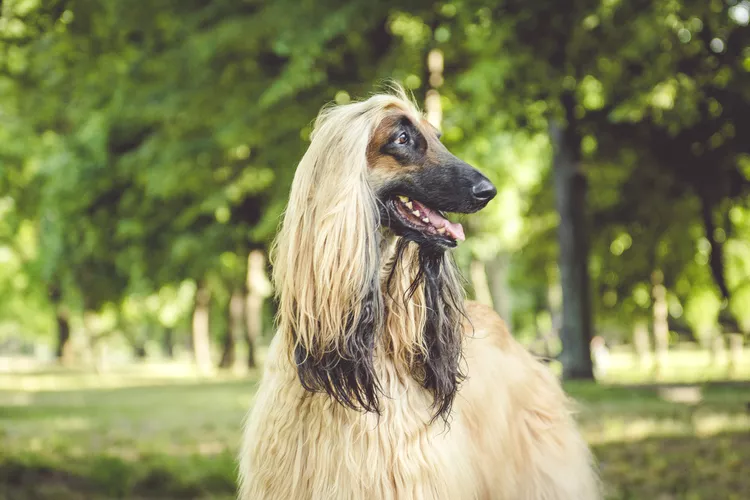
Afghan Hound: Dog Breed Characteristics & Care
The Afghan hound is a majestic dog breed, known for its luxurious long coat and sweet personality. Learn about cost, care, and training needs.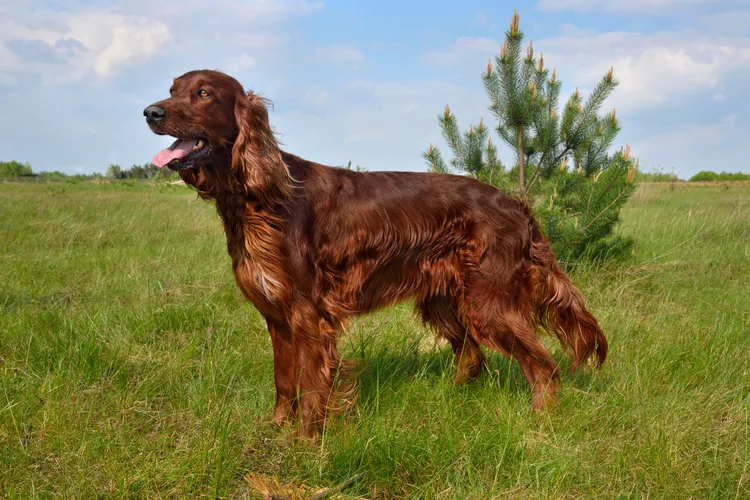
Irish Setter (Red Setter): Dog Breed Characteristics & Care
The Irish setter, also known as the red setter, stands out from the crowd with their striking red coat and athletic nature. Learn about this gentle and affectionate dog breed.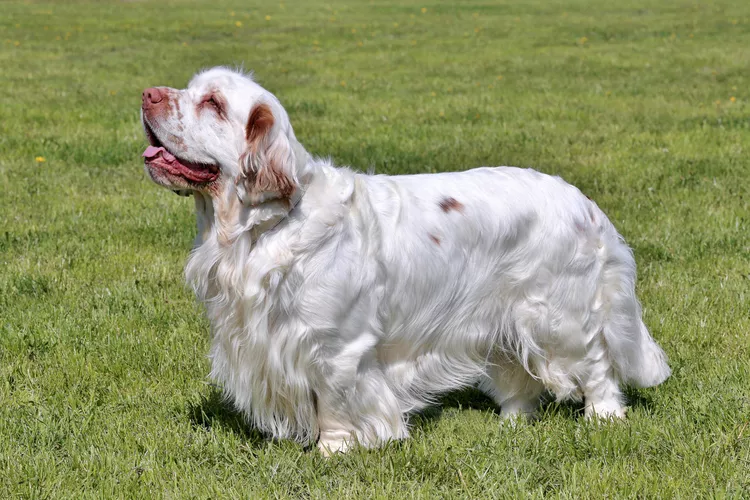
Clumber Spaniel: Dog Breed Characteristics & Care
The Clumber spaniel is a friendly, calm dog and a great family pet who gets along with kids. Just beware of this rare breed's shedding and drool.
Reasons Why Dogs Grind Their Teeth
Some dogs grind their teeth. Learn why dogs grind their teeth and if it can be harmful. Find out what to do about teeth grinding in dogs.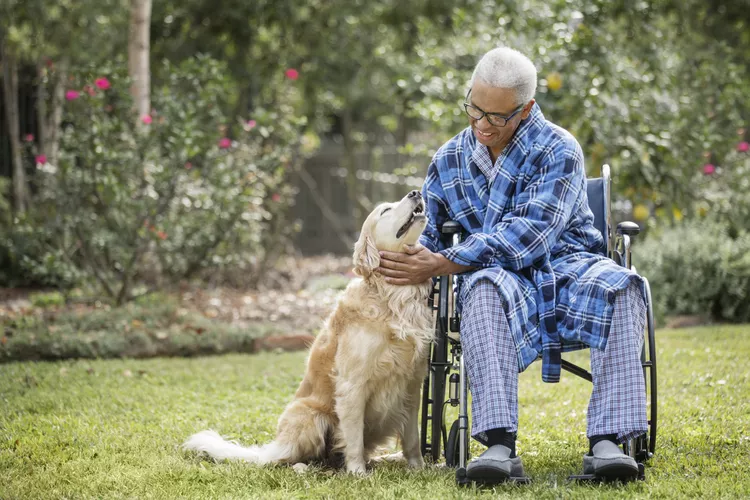
Therapy Dog Certification: A Complete Guide in 6 Steps
Could your dog be trained to serve as a therapy dog? Here's how you and your dog can become an official animal-assisted therapy team.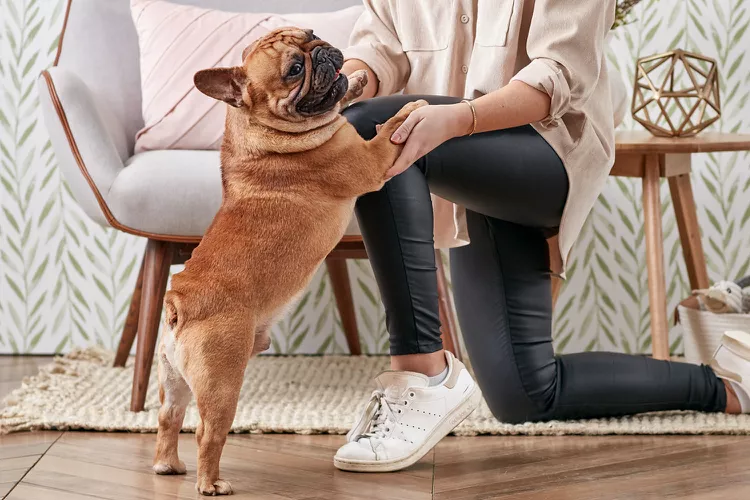
Here’s How to Stop Your Dog from Jumping on You When Excited
Although it can be cute the first few times your dog jumps on you, it can quickly turn into a bad habit, especially if your pooch starts jumping on strangers. Here’s how to stop your dog from jumping on you when excited.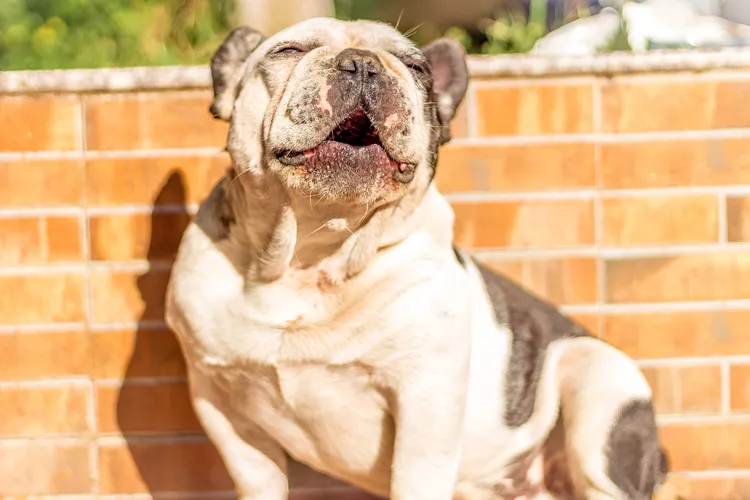
Why Do Dogs Howl at Sirens?
Howling at sirens is something that dogs are well known for, but why do some dogs do it while others seem unbothered?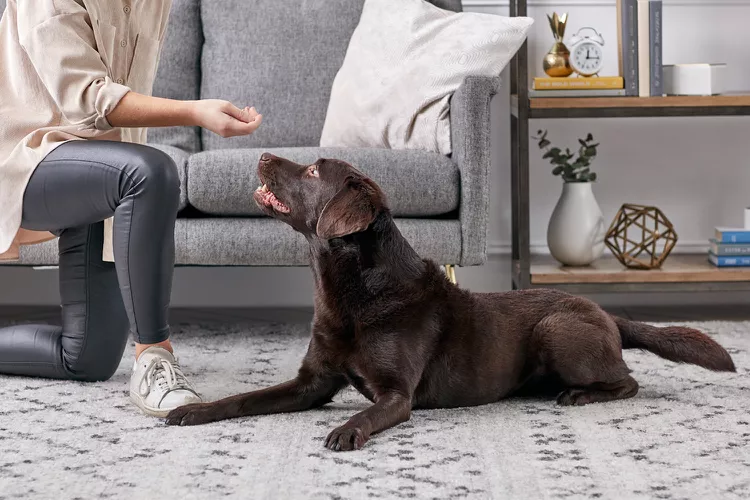
How to Train a Labrador Retriever
Proper training is an essential part of owning a Labrador retriever. These smart dogs can be trained to be service dogs, hunters, and excellent companions.